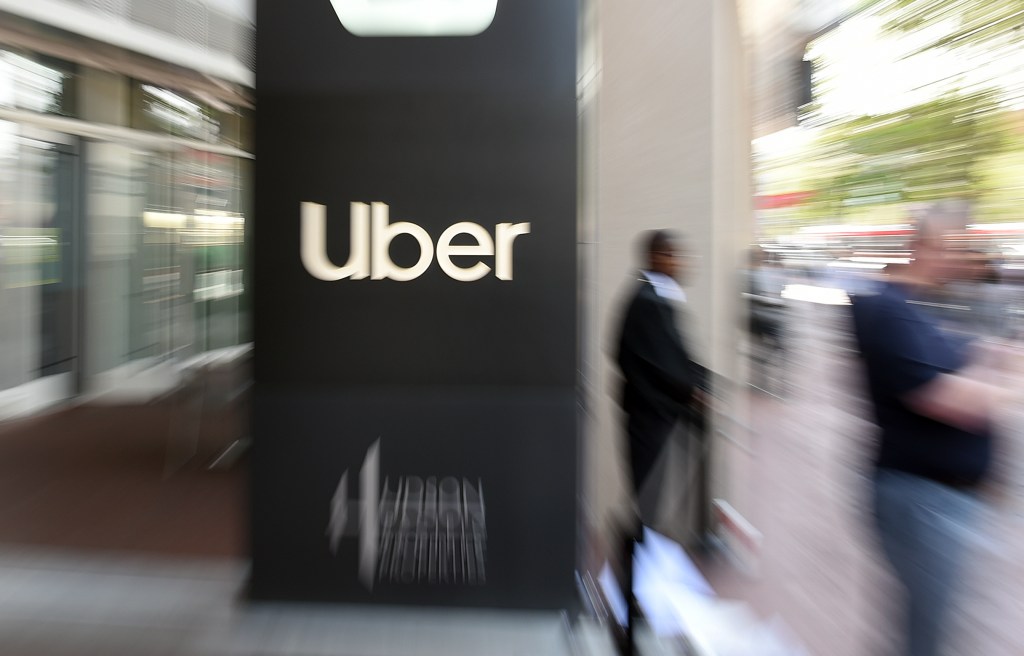2017 was arguably Uber’s most scandal-plagued year. But as 2020 approaches, there is still no end in sight for the ride-hailing company.
In its very first safety report, the company disclosed that there were 3,045 sexual assaults, nine murders, and 58 deaths from crashes involving its platform in 2018. This comes after a Washington Post report revealed the existence of an internal investigative team at Uber, whose primary responsibility was limiting the company’s liability at the expense of victims of sexual assault. Adding to claims of Uber’s culture of misogyny and sexual harassment, the company has also come under fire for segregating bathrooms for drivers and “employees.” At one Los Angeles facility, Uber employees went so far as to scold a driver trying to use employee bathrooms (which, unlike the driver bathroom, had running water and toilet paper).
Videos by VICE
In each instance, Uber insists it has simply made a mistake. The problem is that these “mistakes” are all connected to the company’s fundamentally broken business model, which prioritizes monopoly profits over its passengers, drivers, and the public at large. It seems increasingly obvious that a company whose main “innovation” is algorithmically managing an underpaid workforce shouldn’t exist. But if Uber were to be replaced, what would take its place?
One place to look first might be Barcelona, where efforts are being made to construct a “smart city” that isn’t just a bunch of apps that replace hotels, healthcare, or public transit. At the head of this project is Francesca Bria, the city’s Chief Technology and Digital Innovation Officer.
“The problem of the smart city has been that when you start with technology without a strong idea of why you are deploying the technology and for what kind of needs, then you only end up solving technology problems,” Bria said in a 2018 interview.
In Barcelona, this problem has manifested as sensors embedded in pavement and lighting fixtures are currently unable to talk to each other, forcing “critical urban services” to be outsourced instead of enabling the city to address and fix the problem. In Toronto, Google’s Sidewalk Labs is slowly privatizing municipal infrastructure in the name of tech innovation, without any regard for what happens when everything becomes mediated by a handful of mega-corporations.
“Data for me is a public infrastructure and a common good and on top of it you can create your new Uber that can innovate according to local rules, create better living standards locally and that can involve companies locally,” Bria said. “[But] if you start having market power where it is winner takes all then there is nothing left for us, for the local economy.”
To that end, Bria has been involved with the European Union’s DECODE initiative—a group of European cities, businesses, and academic partners—to try and challenge technology firms pursuing monopolies by creating open hardware, software, and decentralized business models that allow citizens to control their data and use it as a public good instead of simply commodifying it for private gain.
The goal is to empower residents to create real alternatives that satisfy the needs and demands of the community. Instead of start-ups introducing themselves and figuring out ways to penetrate and dominate new markets, what if we had cities looking at what social problems they wanted to solve and sharing the relevant data to create projects that addressed transportation issues, healthcare needs, or energy concerns?
One such alternative might look like Arcade City, a decentralized ride-hailing service that allows drivers to set their own prices. Uber’s model rests on entering new markets with predatory prices and temporary driver incentives that eventually give way to perpetual wage cuts and worsening working conditions. But a service modeled after Arcade City could allow drivers to organize themselves into collectives that set their own prices, hours, and regions. Ride-hail services could be more fine-tuned to address specific mobility needs for specific regions (rides for late-shift workers, for low-income neighborhoods, etc.) without trapping workers in perpetual debt cycles, competing with public transit, or adding to congestion or pollution.
While Arcade City’s biggest moves so far have been in markets where Uber has left to avoid basic safety regulations or been forced to retreat after disastrous entries, the company is not without its own problems. Arcade City has been the subject of police sting operations and is accused of operating illegally and using unlicensed drivers (sound familiar?). There is also the question of what Arcade City actually is—while a company exists along with an app, there are questions about why it seems to operate largely out of Facebook groups and whether its invocation of “blockchain technology” is a real innovation or yet another obfuscation (or yet another scam).
Nevertheless, it serves to prove that Uber shouldn’t exist and that alternatives are possible. Those alternatives require experimentation, however, because Uber’s rise and dominance are rooted in a multitude of other problems. An alternative to Uber means interrogating not only whether some things should be built at all, but whether they should be commodities or private services, to begin with.
When it comes to Uber and its dominance of urban transit, the time for incremental reform is past. It’s time we start thinking about whether we want to break it up and decentralize it or integrate it into a public transit that actually works.
More
From VICE
-

Mightiest Mark Dragapult -

(Photo by Michael Buckner/Variety via Getty Images) -

Screenshot: Warner Bros.

